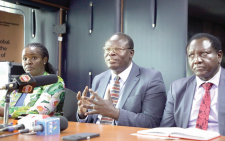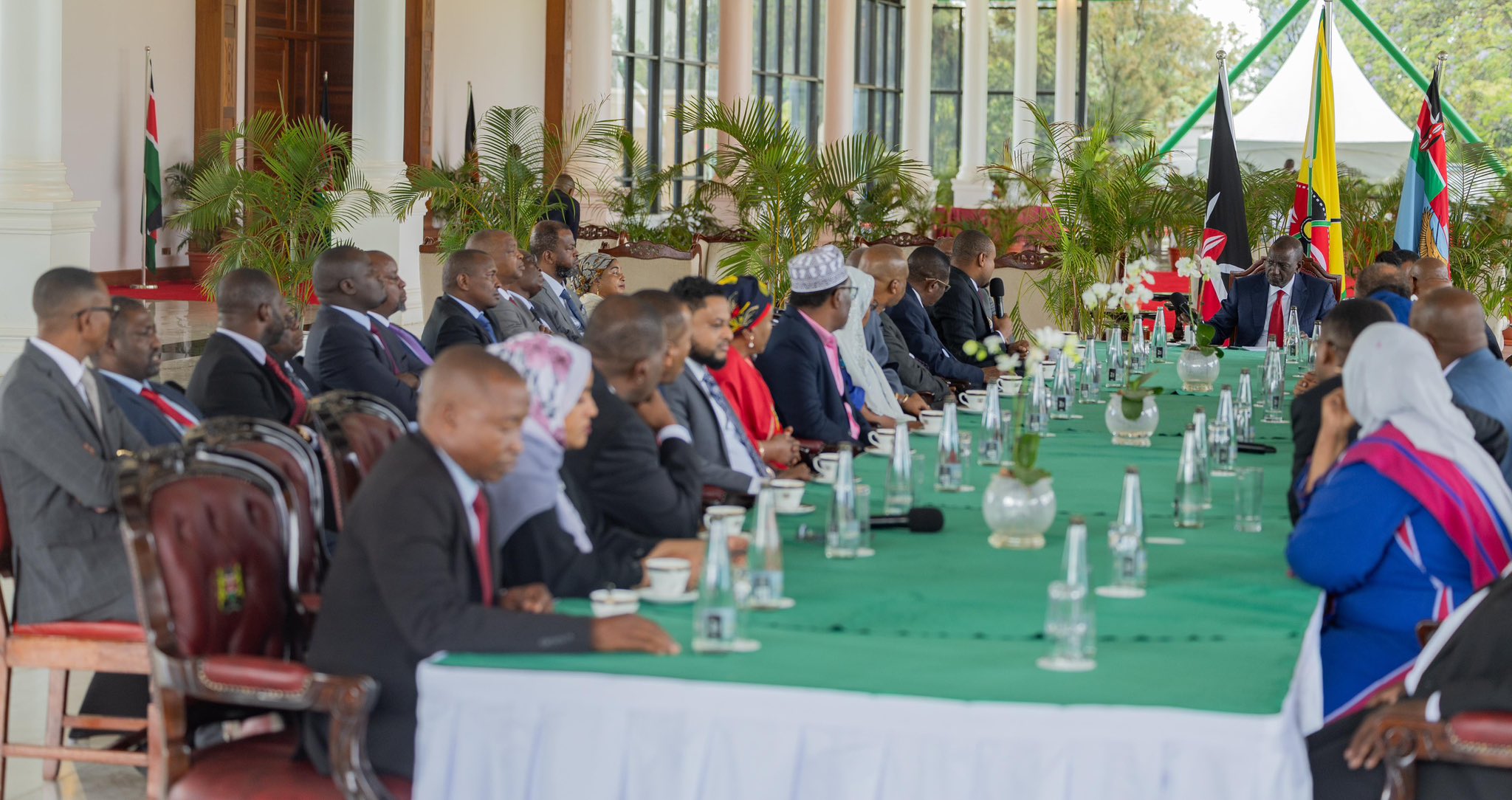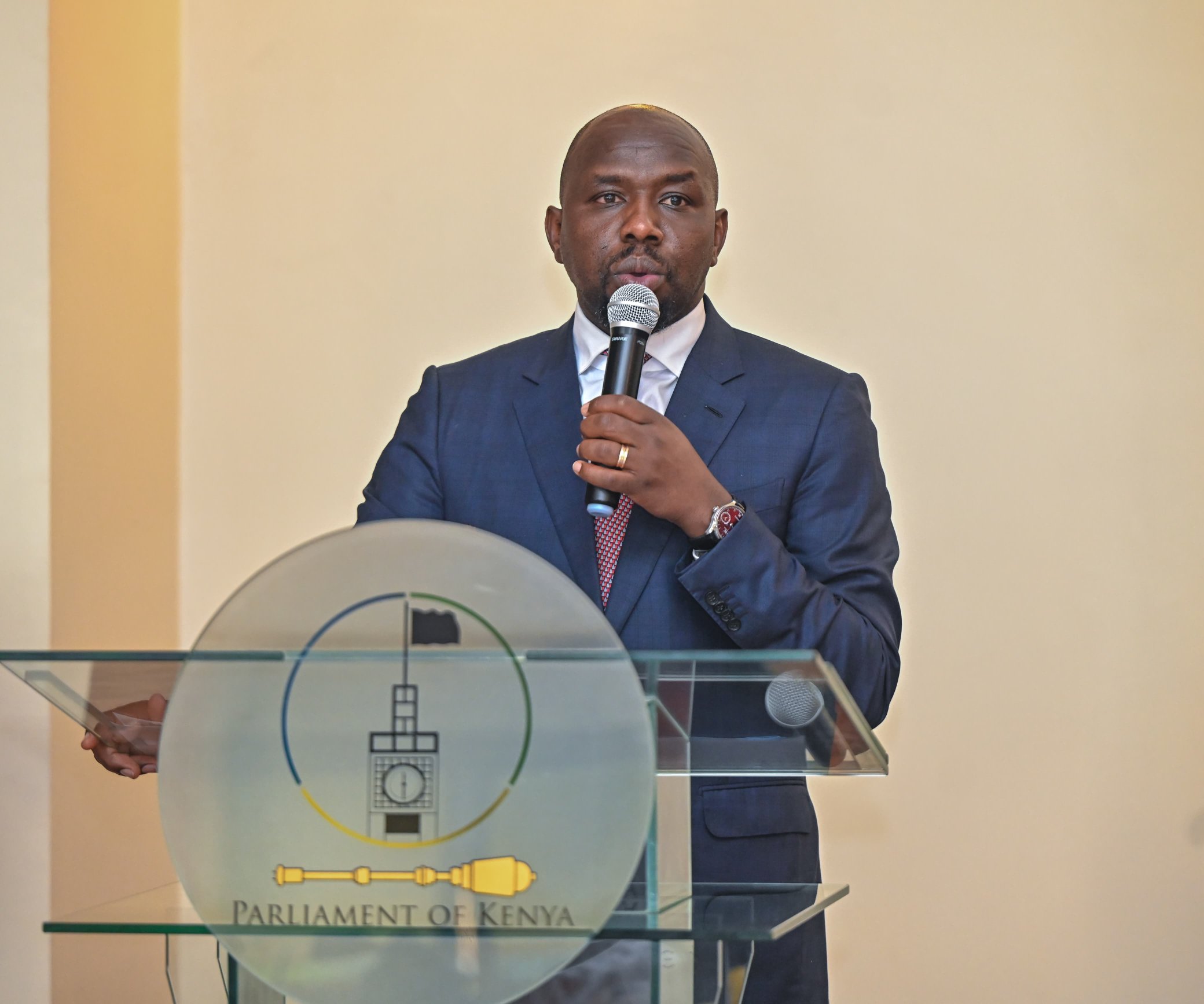At the heart of food systems transformation and effective climate action lies the urgent need to improve agricultural practices, reduce food loss and waste, and adopt clean and renewable energy. Globally, about 30 percent of food produced is lost or wasted, often ending up in landfills where it emits greenhouse gases, exacerbating climate change and wasting valuable resources.
The circularity principle, as defined by the Kenya Institute of Public Policy Research and Analysis (KIPPRA), emphasises regeneration and restoration. It involves designing out waste, keeping materials in use, and regenerating natural systems. This approach holds transformative potential for economies and underscores the urgency for collective action.
At the ninth Circular Economy Conference in Nairobi, a key question arose: Whose responsibility is it to adhere to circularity principles? The answer manifests in the mantra, “My waste, my responsibility”. Everyone has a role in reducing waste and recycling. The Refuse, Reduce, Reuse, and Recycle (4R) principle provides a practical framework.
Food waste champion Prof Jane Ambuko underscores this by advising people to serve only what they can finish. Her advocacy reflects the refuse aspect: avoid taking more than needed, reduce portions, and add more only when necessary. Similarly, businesses and households must adopt reusable products and ensure non-reusable items are sorted for recycling. Private enterprises also have a role through Extended Producer Responsibility, to ensure their products are recyclable and aligned with circular economy goals.
Achieving circularity requires collaboration between three key actors: people, businesses, and government, collectively referred to as the “Iron Triangle”. Effective communication is the glue that holds this triangle together, fostering the innovation necessary for sustainable solutions.
Public participation, a cornerstone of policymaking in Kenya, provides communities and businesses the opportunity to influence initiatives in their localities. Businesses, in turn, must actively engage in policymaking to ensure policies align with their operations. This interconnectedness underscores the importance of hierarchical harmony, where all actors fulfil their roles without overstepping boundaries, akin to the seamless functioning of a body’s organs.
Cross-sector collaboration is essential for solving current and future challenges. Innovation often arises by combining ideas across sectors. Open communication channels, coupled with a willingness to embrace diverse viewpoints, can drive creative solutions. Diplomacy and clear communication must be at the centre of our quest for circular development pathways.
Youth involvement is vital in circular development. As custodians of the future, they must embrace learning, unlearning, and relearning through systems thinking. In Kenya, where a large proportion of the youth face unemployment, their engagement in policymaking and innovation could drive significant progress. Harnessing their potential can bridge gaps across the three strands of the Iron Triangle and create a ripple effect in the circular development pathway.
— The writer is a UN Global Food System Youth Leader, and a climate change and food system policy Communication Consultant

















